2022 Environmental Design Modeling Fundamentals II Color Conclusion Report
Author:School of Design and InnovationDate:2025.03.21
As one of the fundamental courses in the Environmental Design major, the Fundamentals of Styling II (Color) course establishes a systematic design analysis method and observation interpretation approach by inheriting the previous foundational courses. It breaks the exam oriented thinking and viewing methods, encourages active innovation and flexibility, and thus forms a positive and beneficial methodology. Combining with the Environmental Design major, this course focuses on the comprehensive application of visual colors in space. Through the advancement of teaching chapters, while ensuring that students master basic color knowledge, provide a certain creative space for the topic. By understanding, perceiving, experiencing, and expressing colors, stimulate artistic practice in design and creation, and guide students to present their creativity and thinking in appropriate visual forms.
This course is divided into three chapters, adhering to a progressive teaching model that combines theory with practice. The first chapter of the course aims to understand and master the basic knowledge of color theory. By constructing colors in space and creating spatial color combinations, as well as interpreting the logic of color application in different scenarios through case analysis, students can master the basic theoretical knowledge of color in a free creative environment. The second chapter of the course focuses on the psychology of color and color perception, and applies color matching to specific groups of people in limited spatial locations, further strengthening the use of color in space. The third chapter of the course is based on a limited spatial space for creation. Students propose creative concepts through scouting and observation analysis, organize their thinking and choose expression methods, and then present them visually based on color. The style and form are not limited, aiming to stimulate students' fresh creative thinking and emotional expression of color, while rational design inspires students' personalized and artistic visual language.
Partial student works presented:
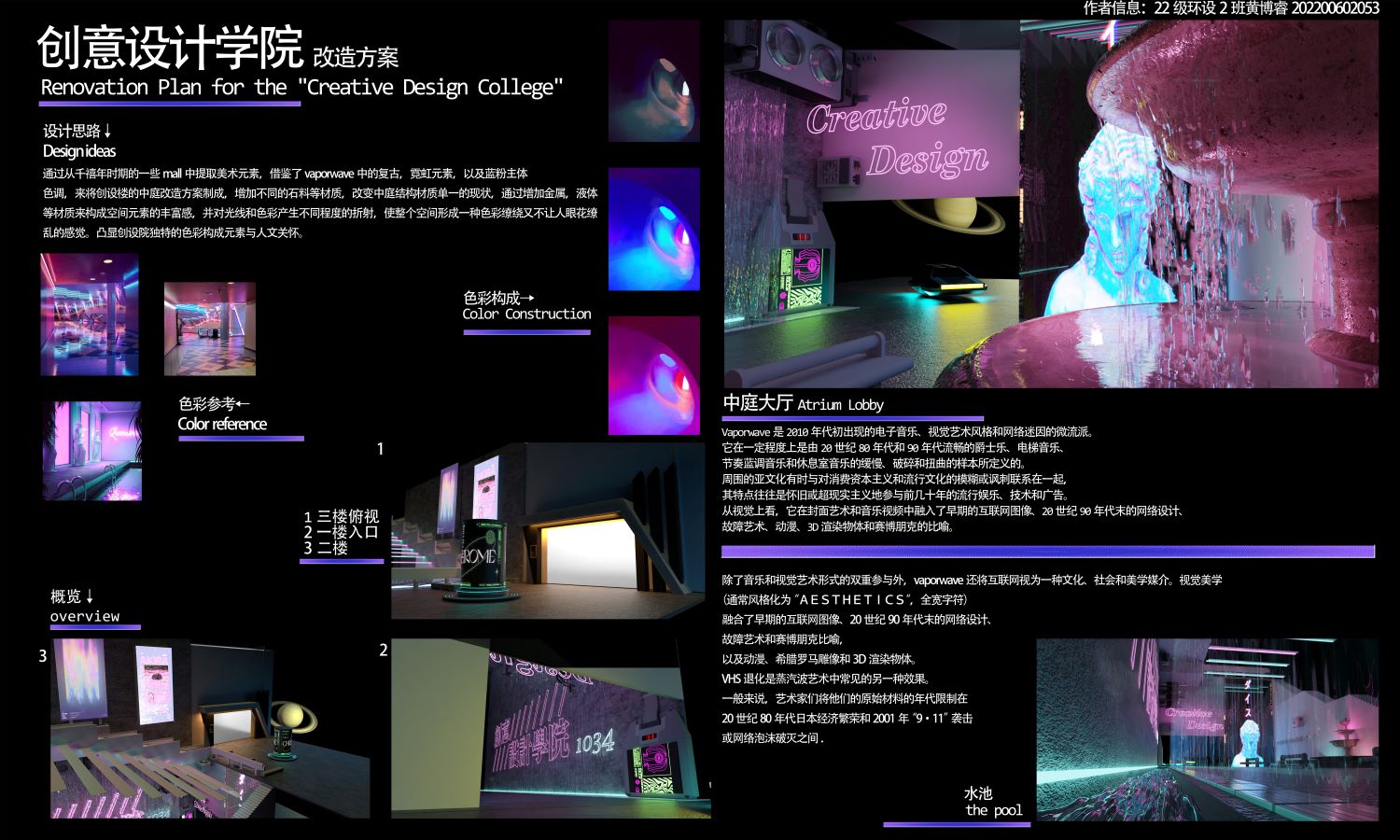
202200602053 Huang Borui
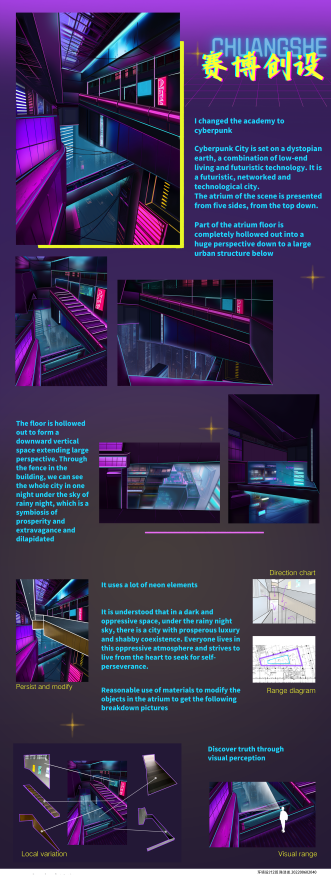
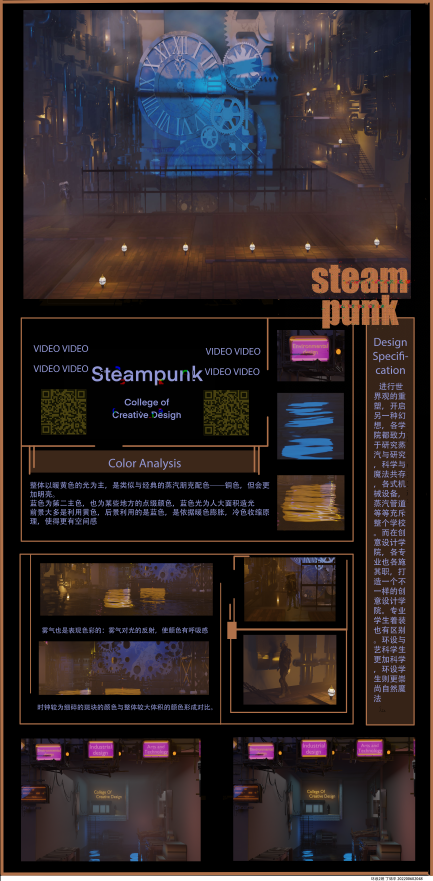
202200602040 Chen Haoyin 202200602048 Ding Jinping
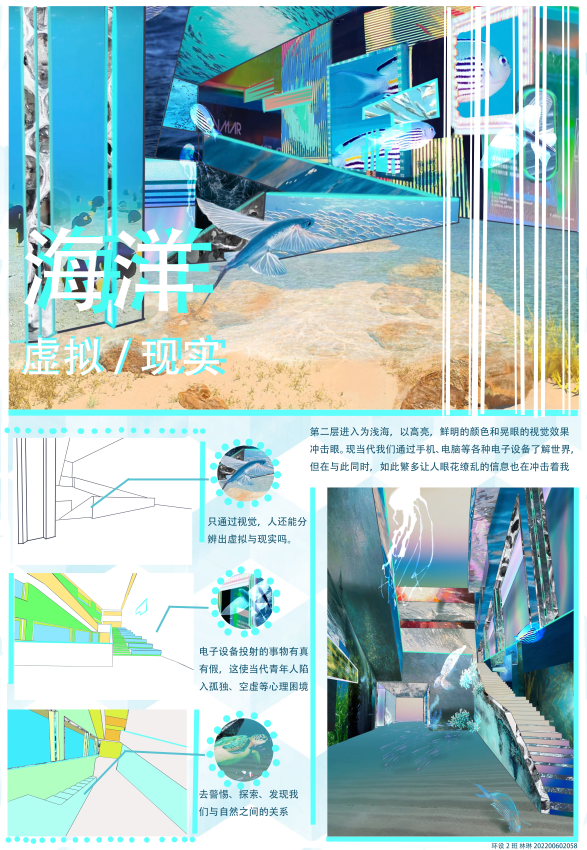
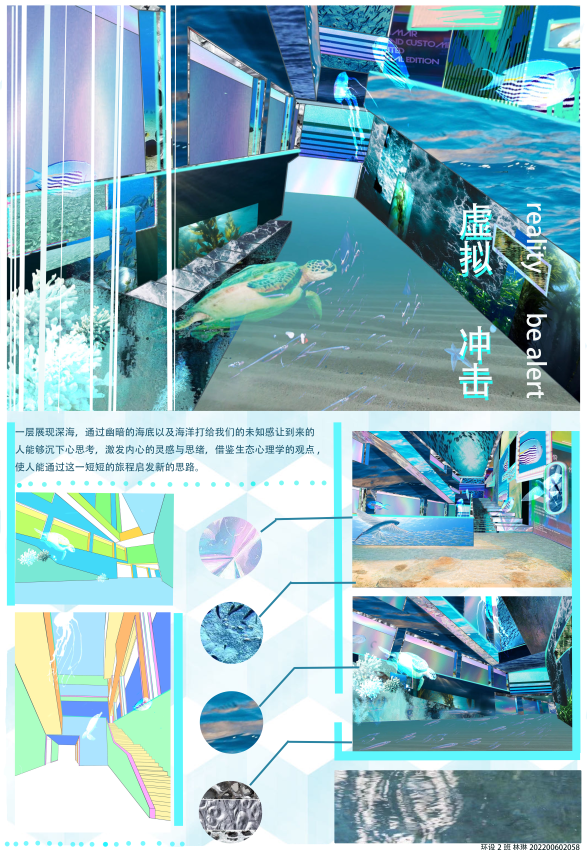
202200602058 Lin Lin
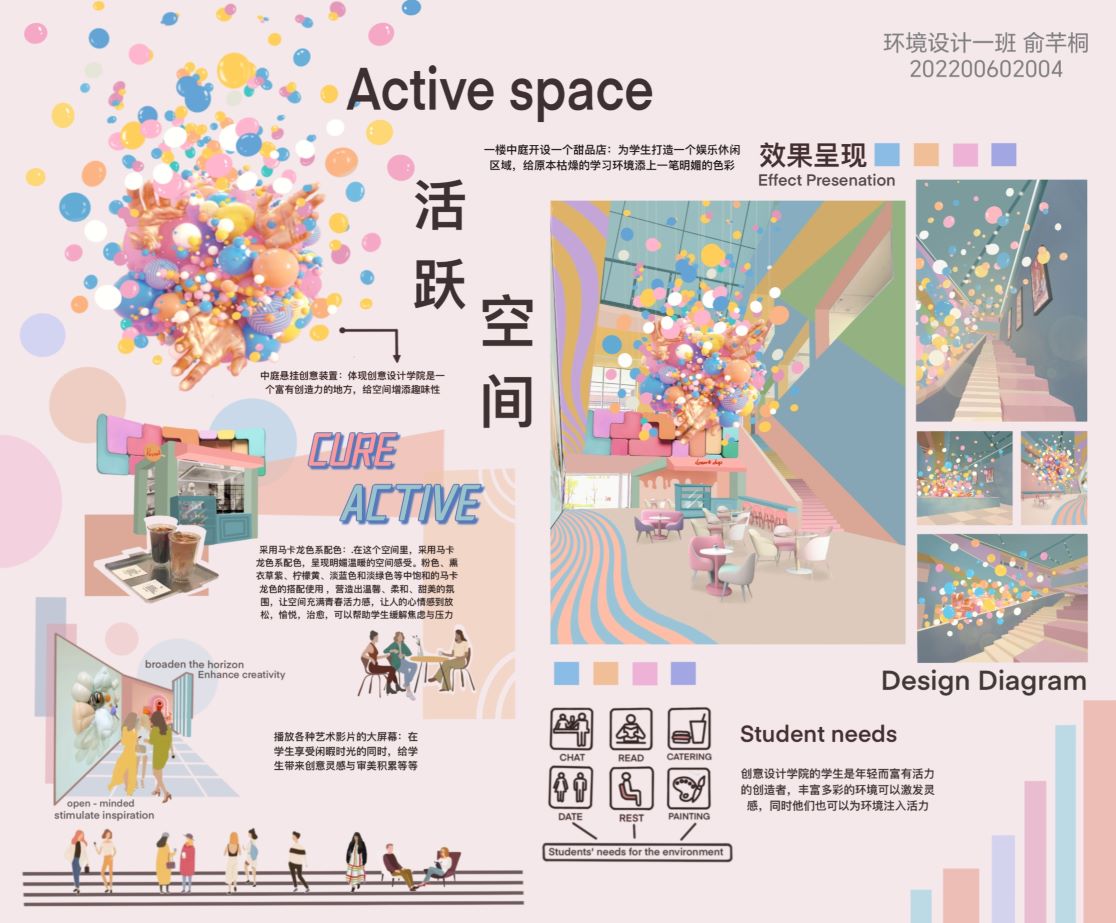
202200602004 Yu Qiantong

202200602051 Wu Minying
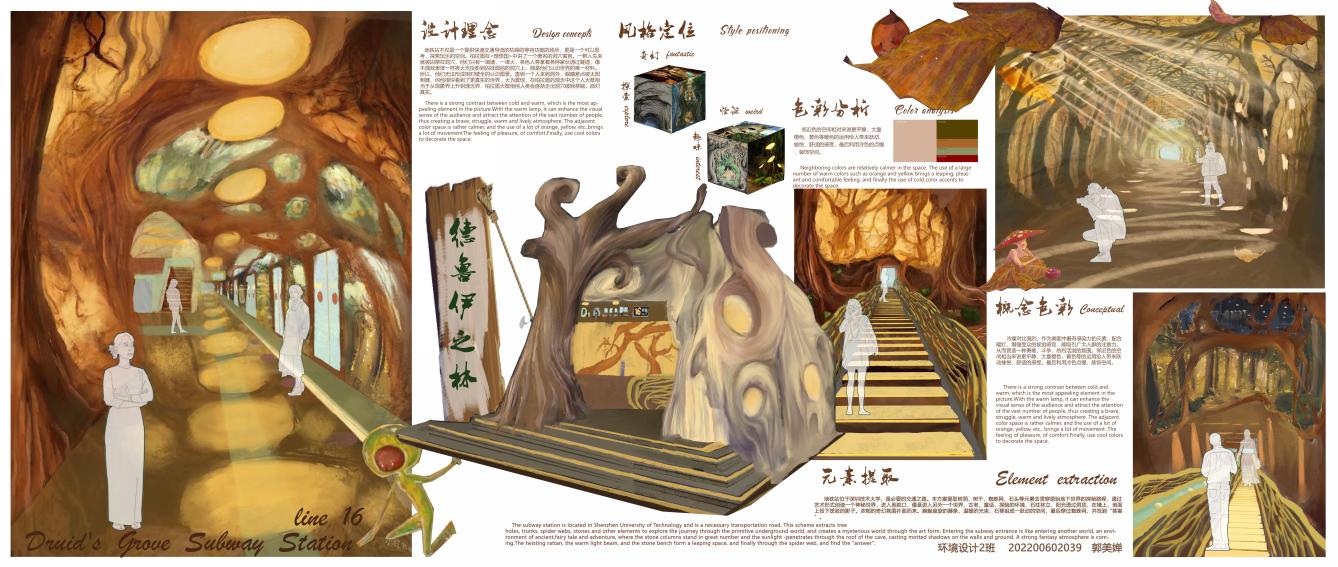
202200602039 Guo Meichan
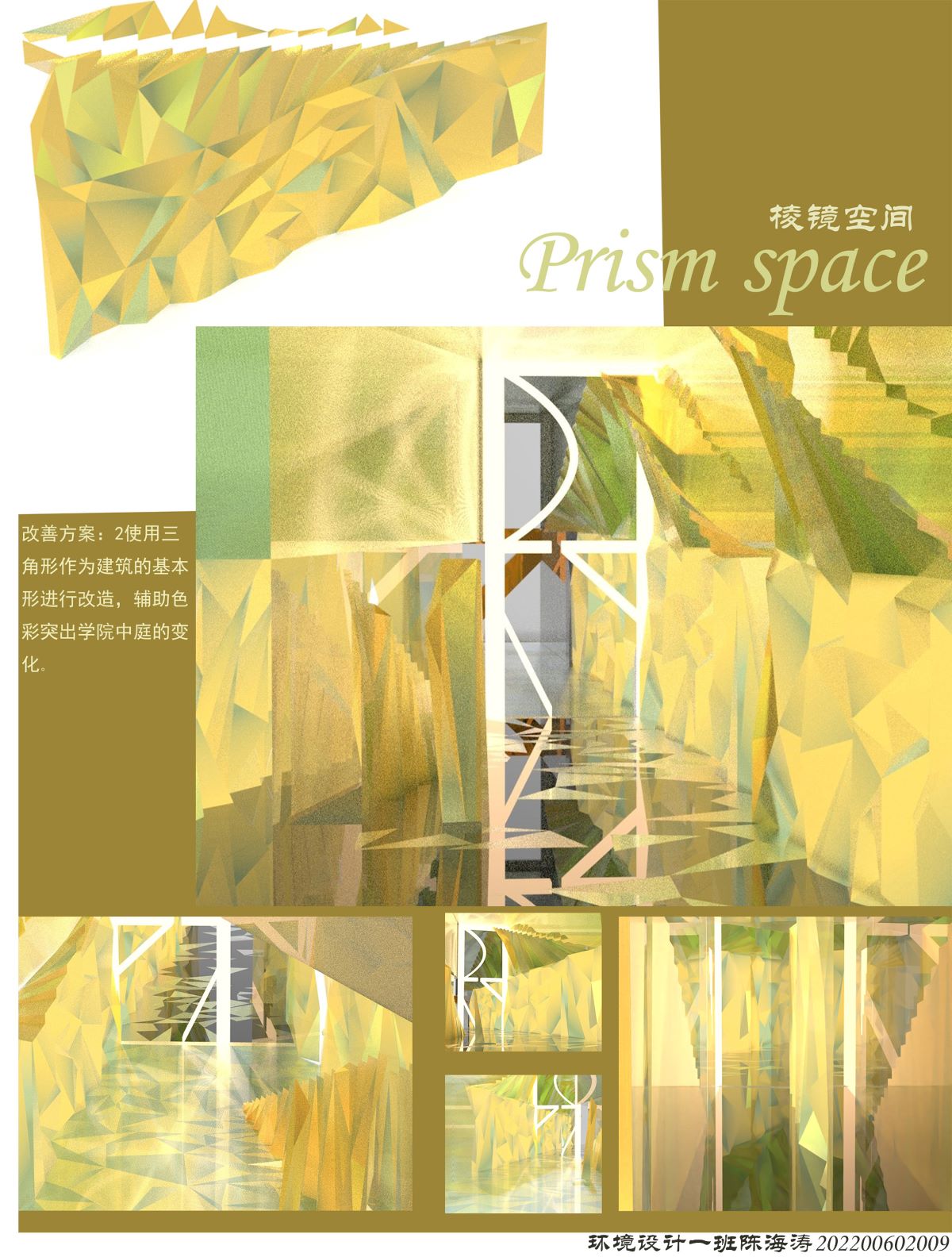
202200602009 Chen Haitao
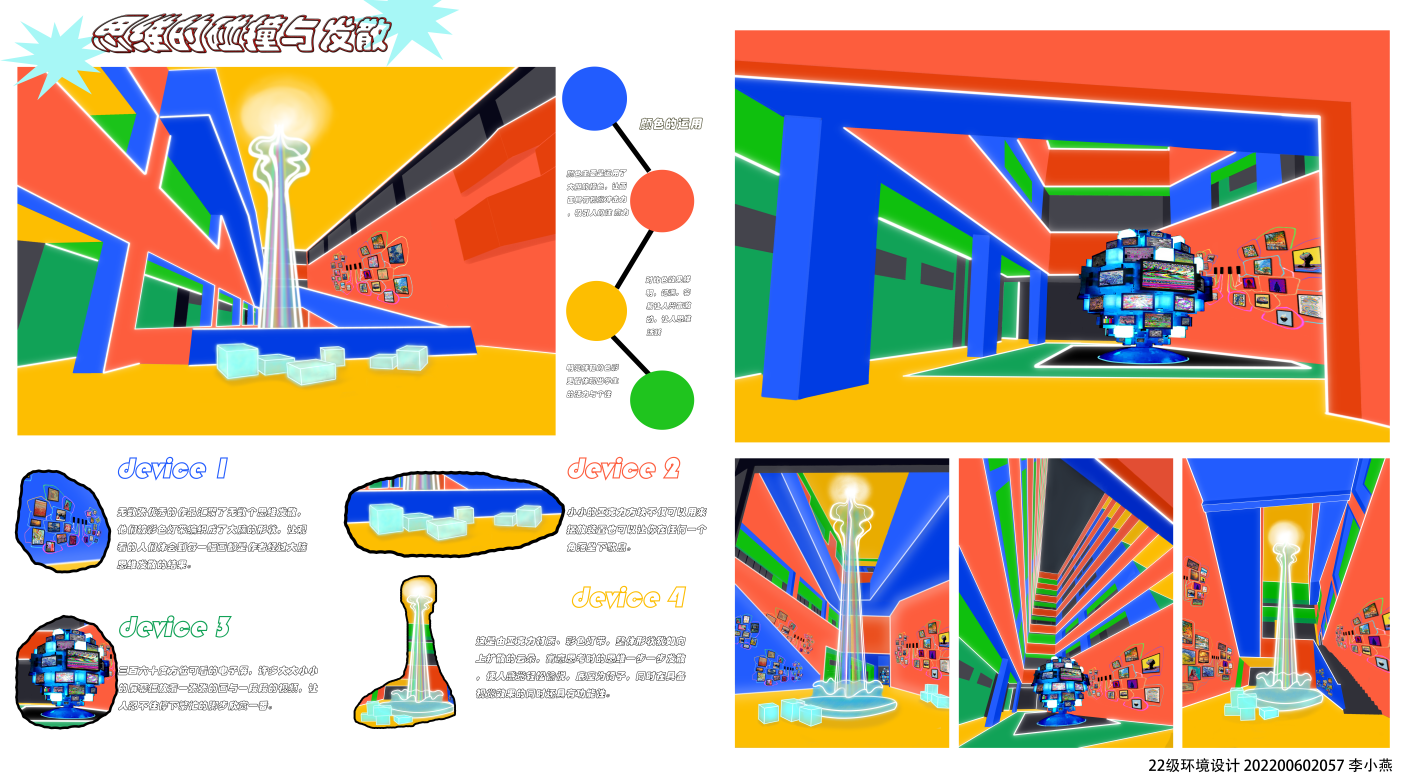
202200602057 Li Xiaoyan
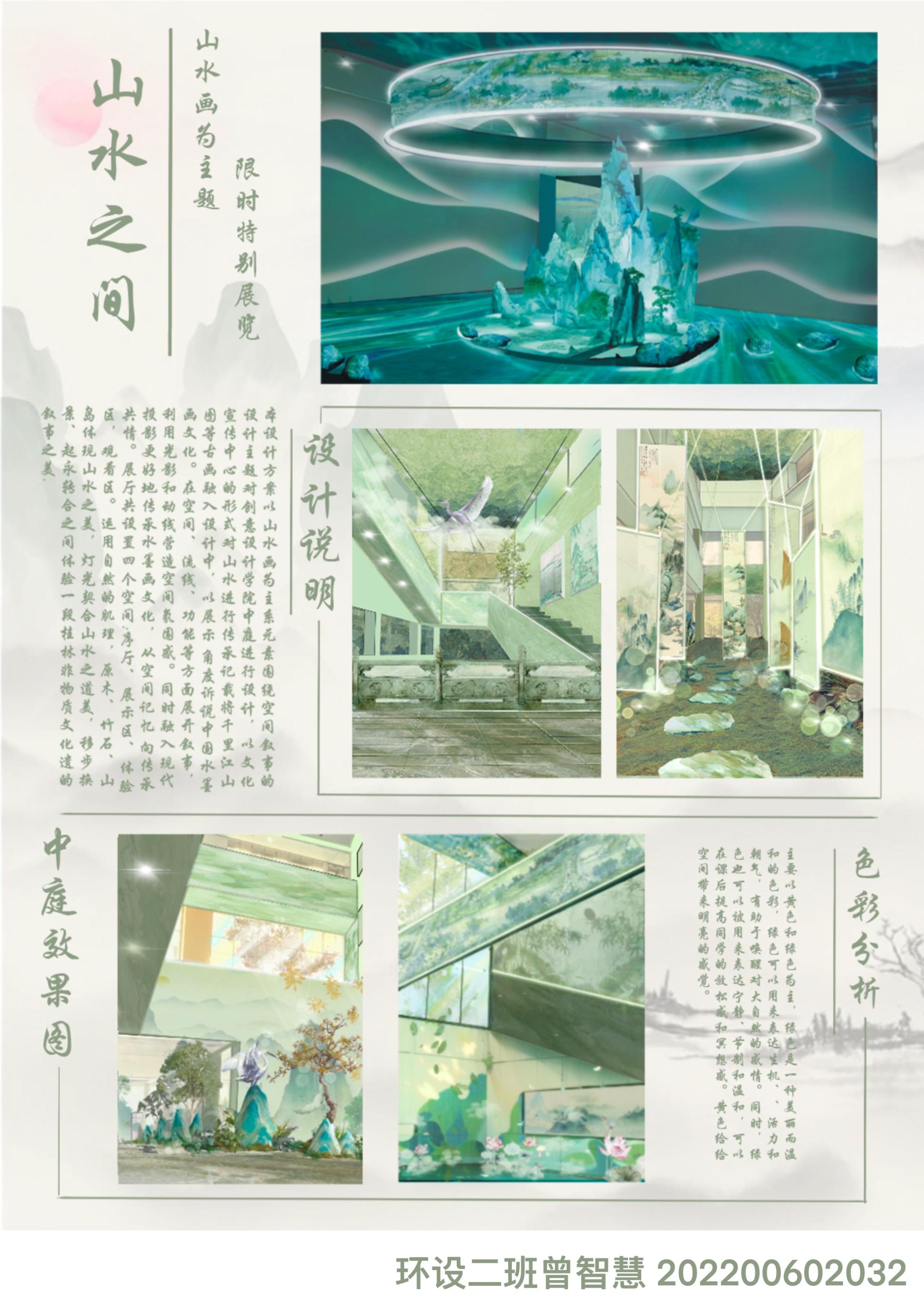
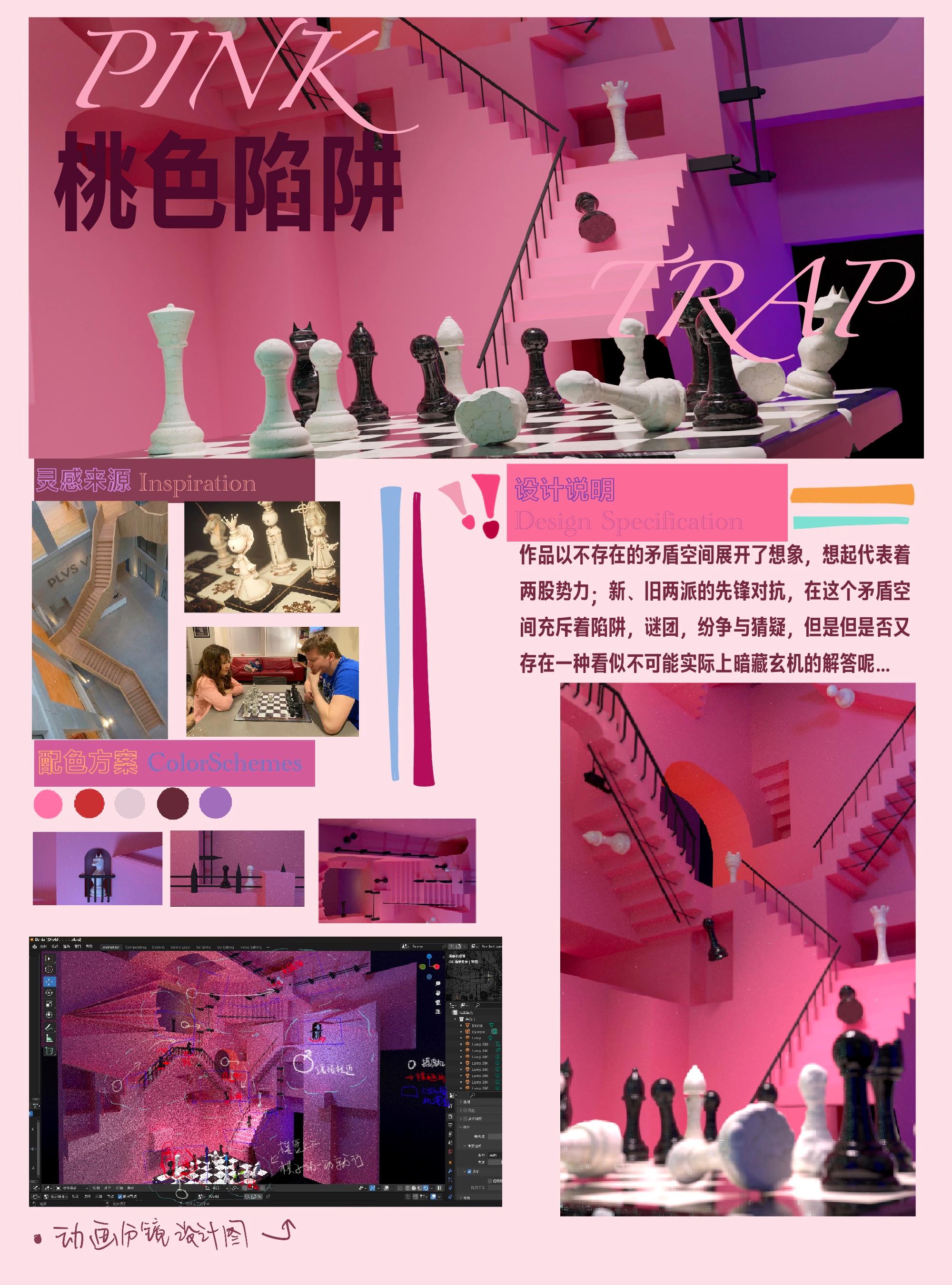
202200602032 Zeng Zhihui 202200602044 Tian Jialing
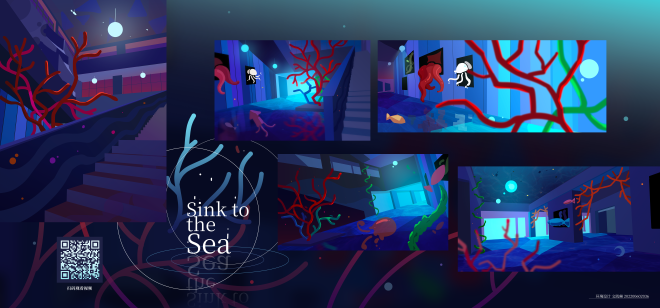
202200602036 Wen Kailin
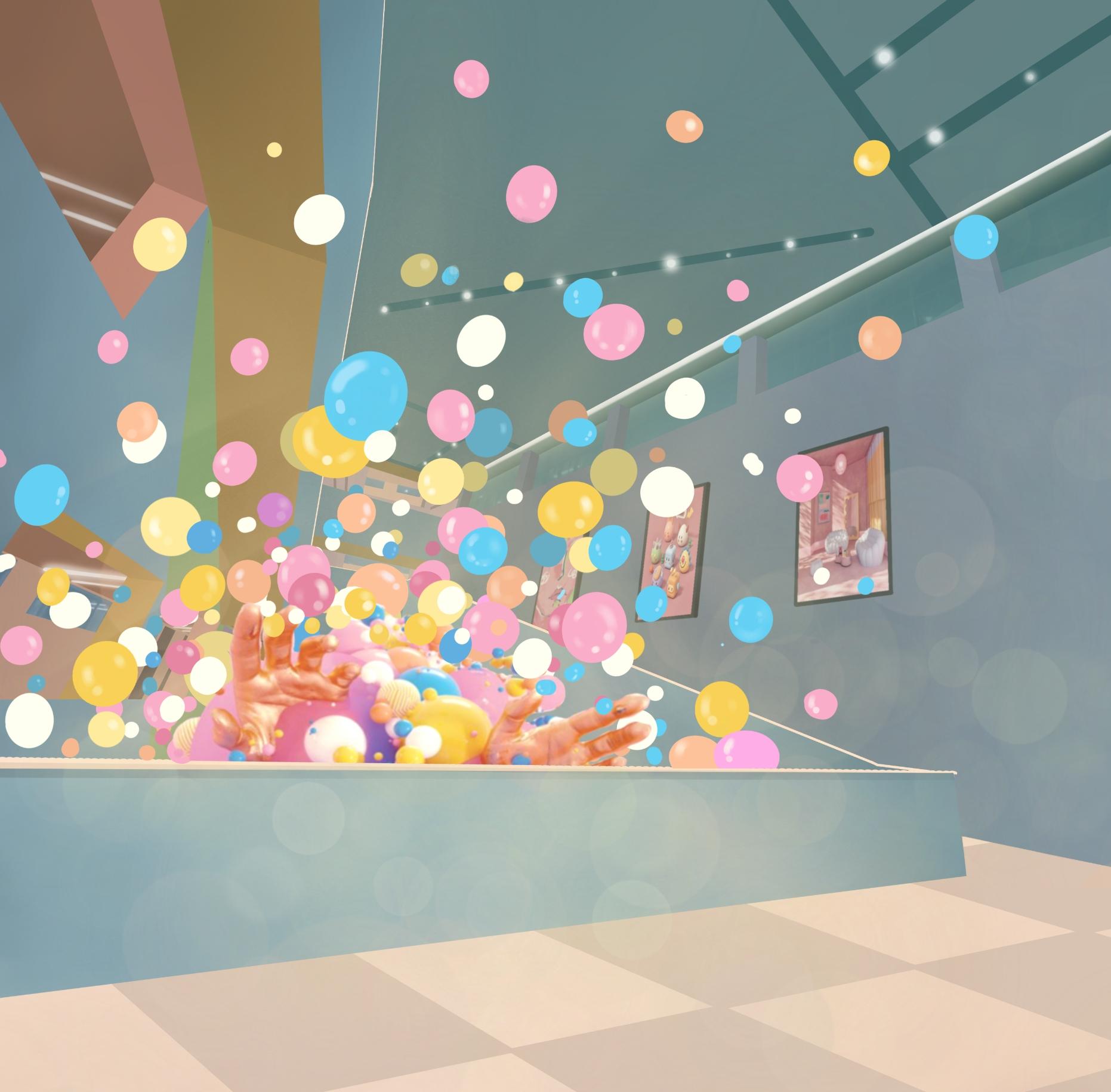

202200602004 Yu Qiantong

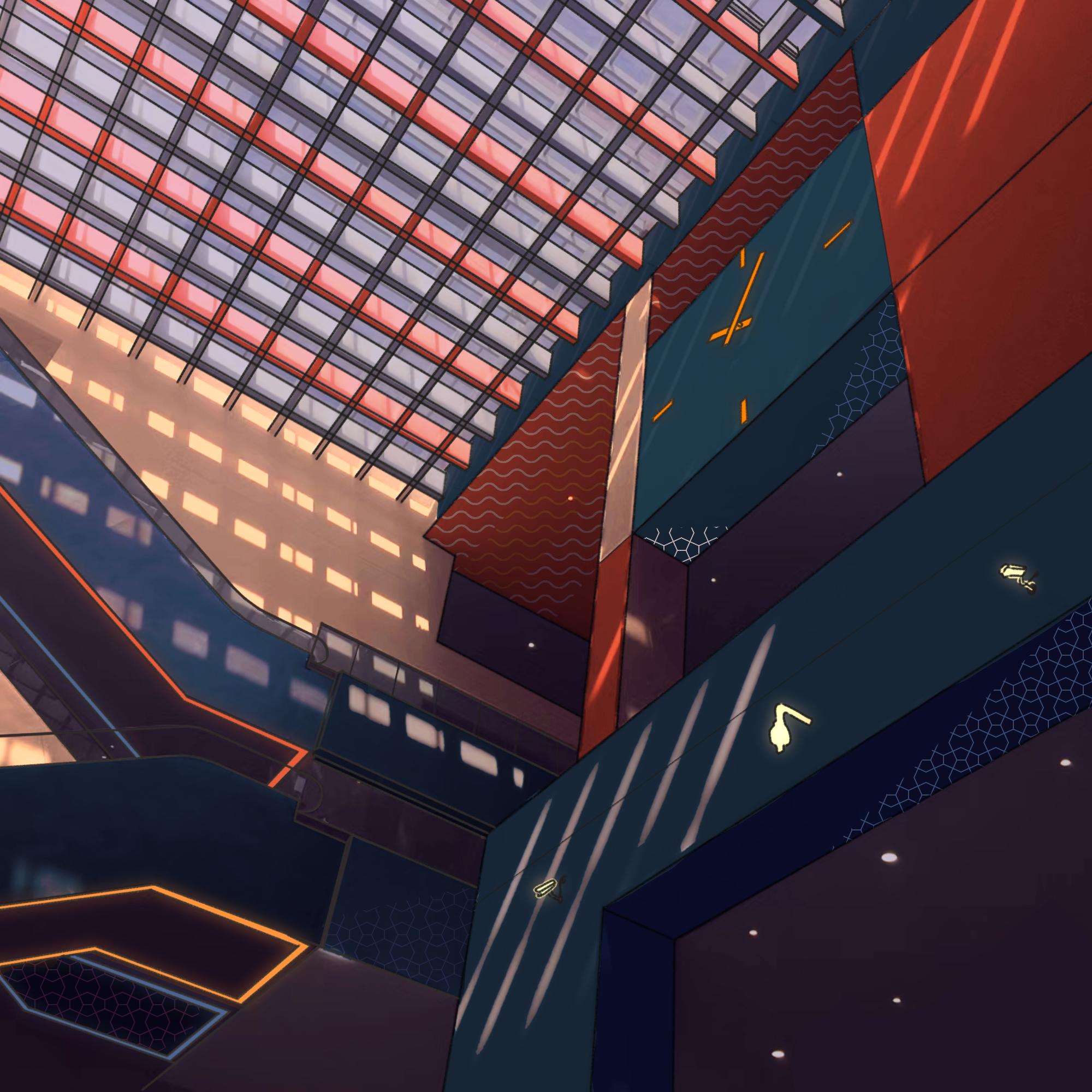
202200602014 Fan Zixuan
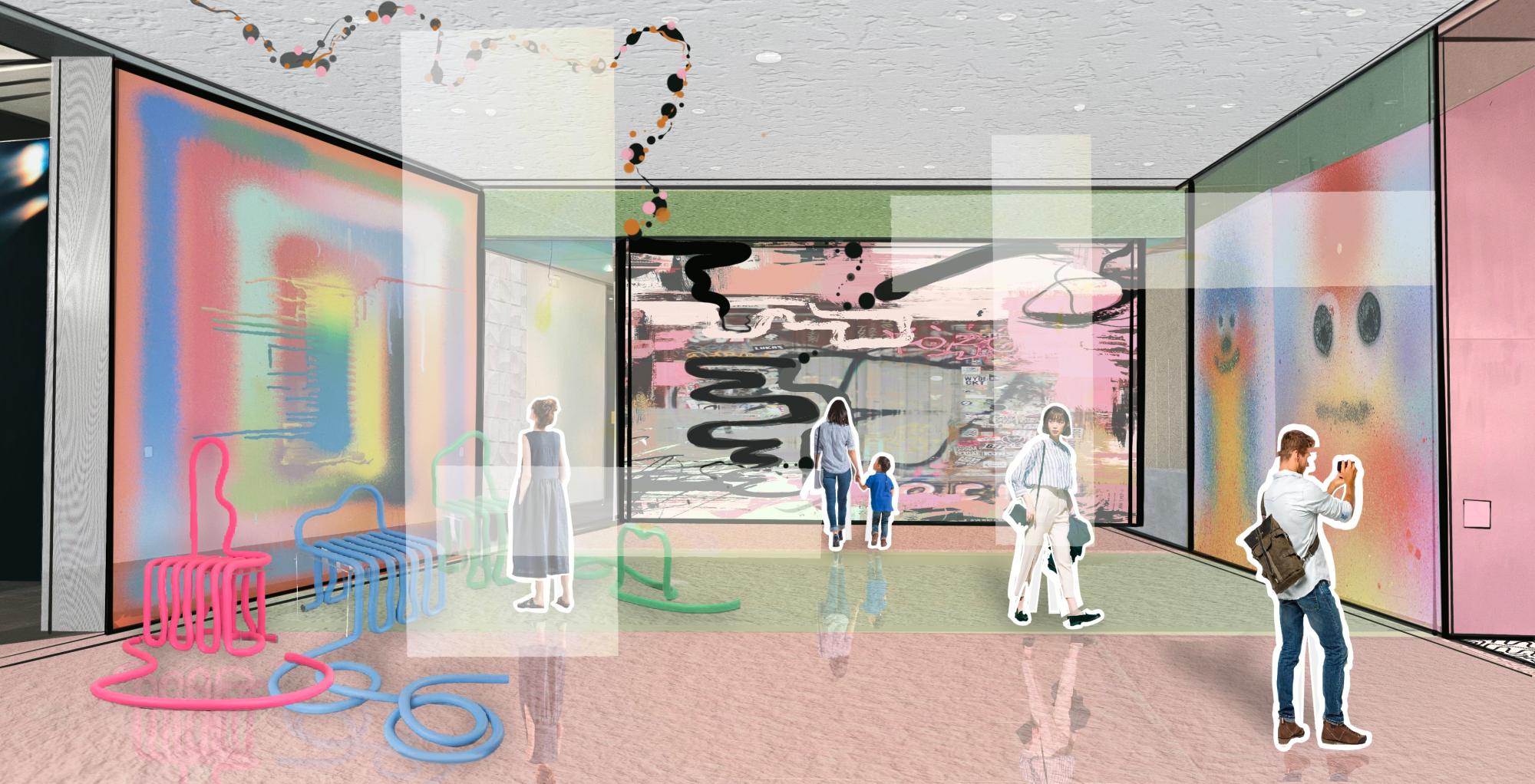
202200602020 Huang Yuting


202200602019 Zhou Tingting


202200602035 Meng Dile
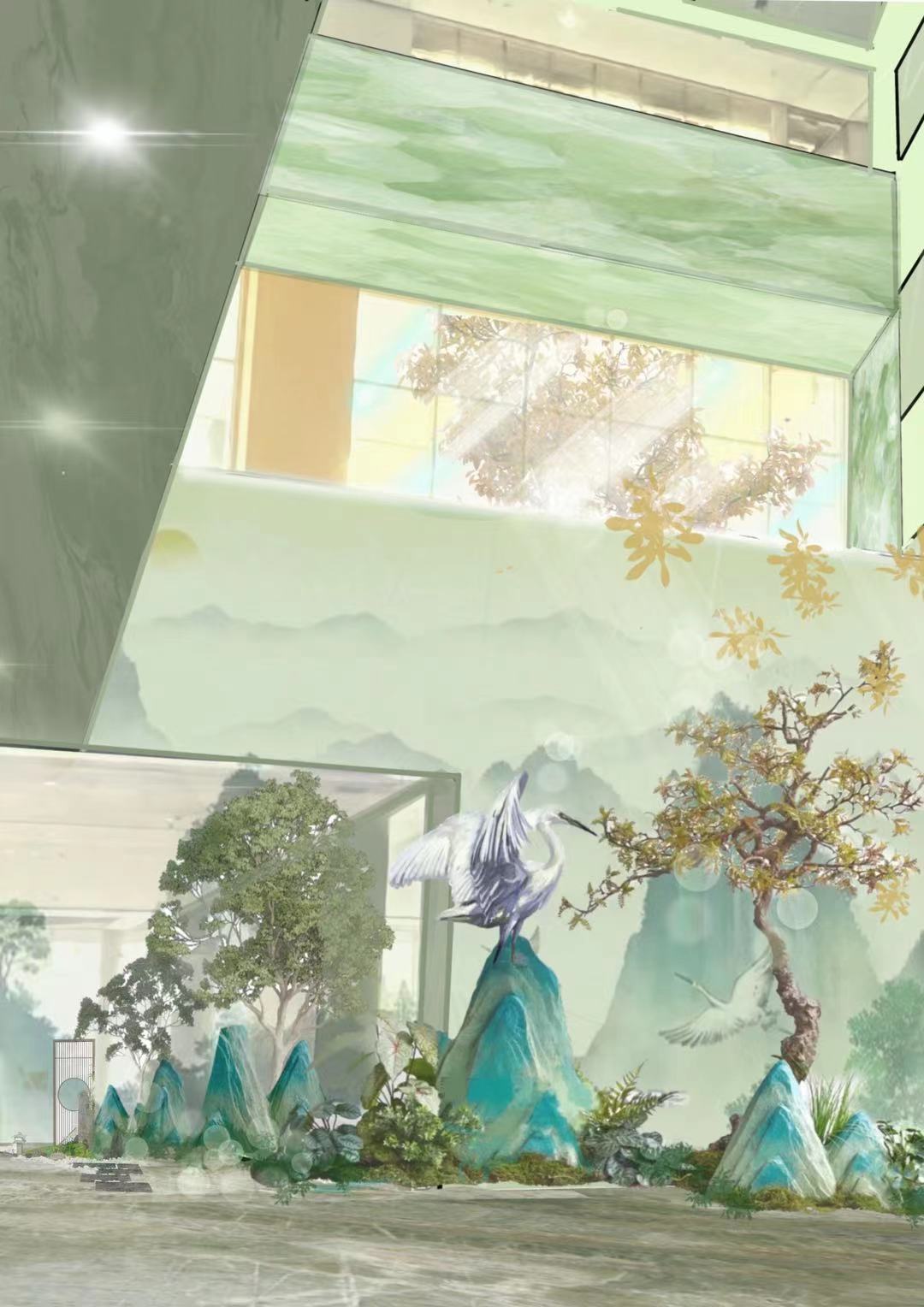

202200602032 Zen Zhihui
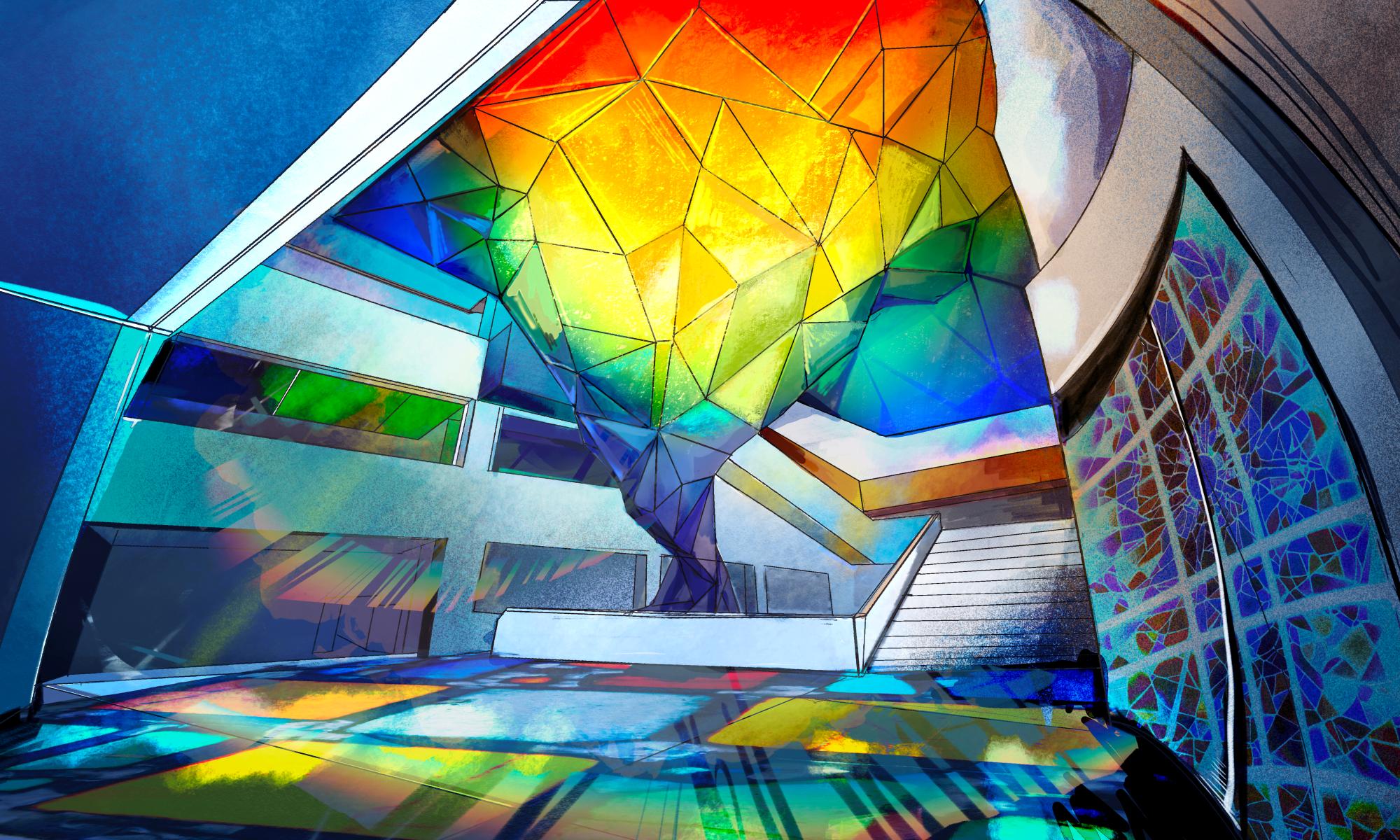
202200602023 Feng Wanshu
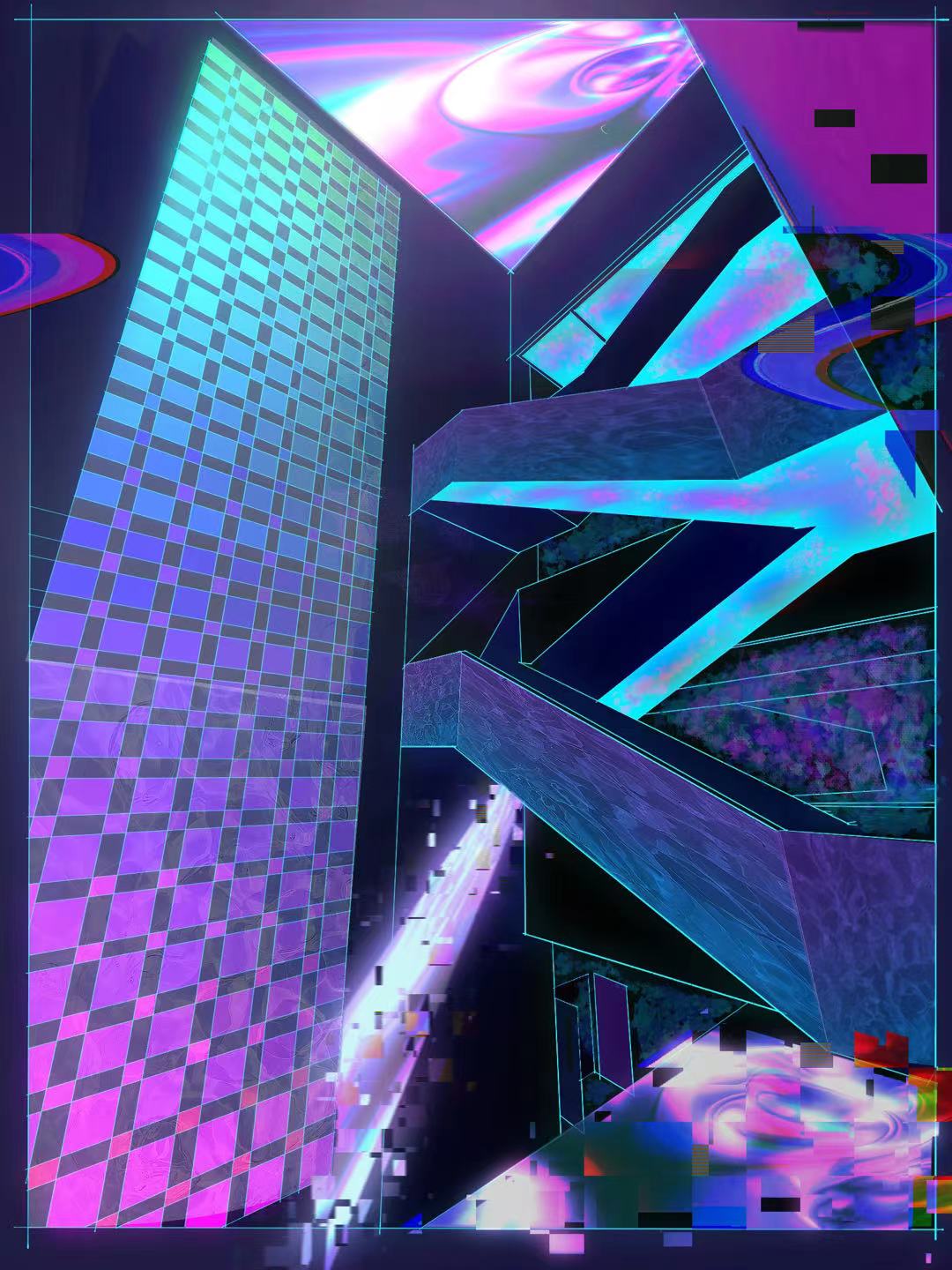
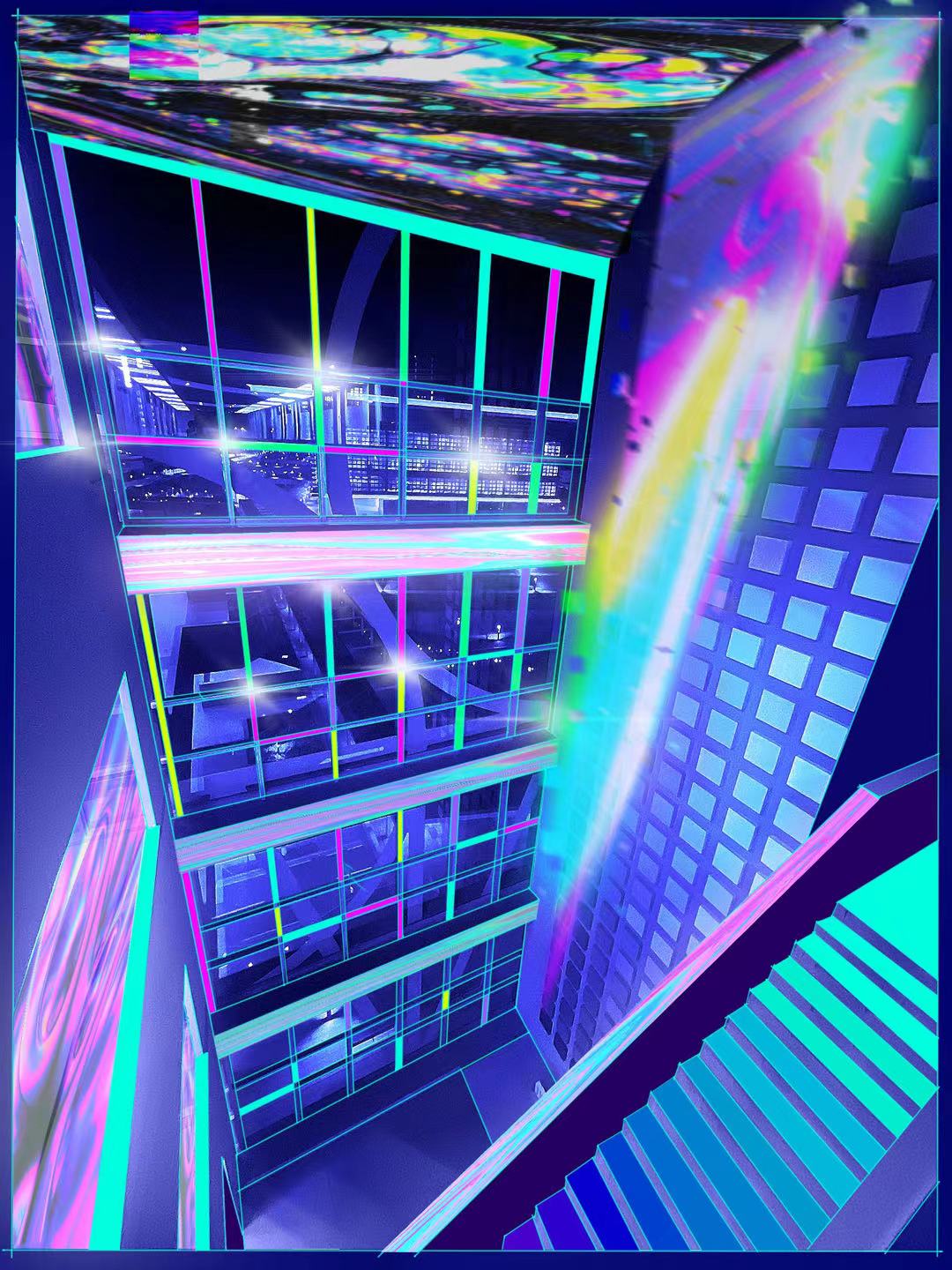
202200602049 Chen Letian

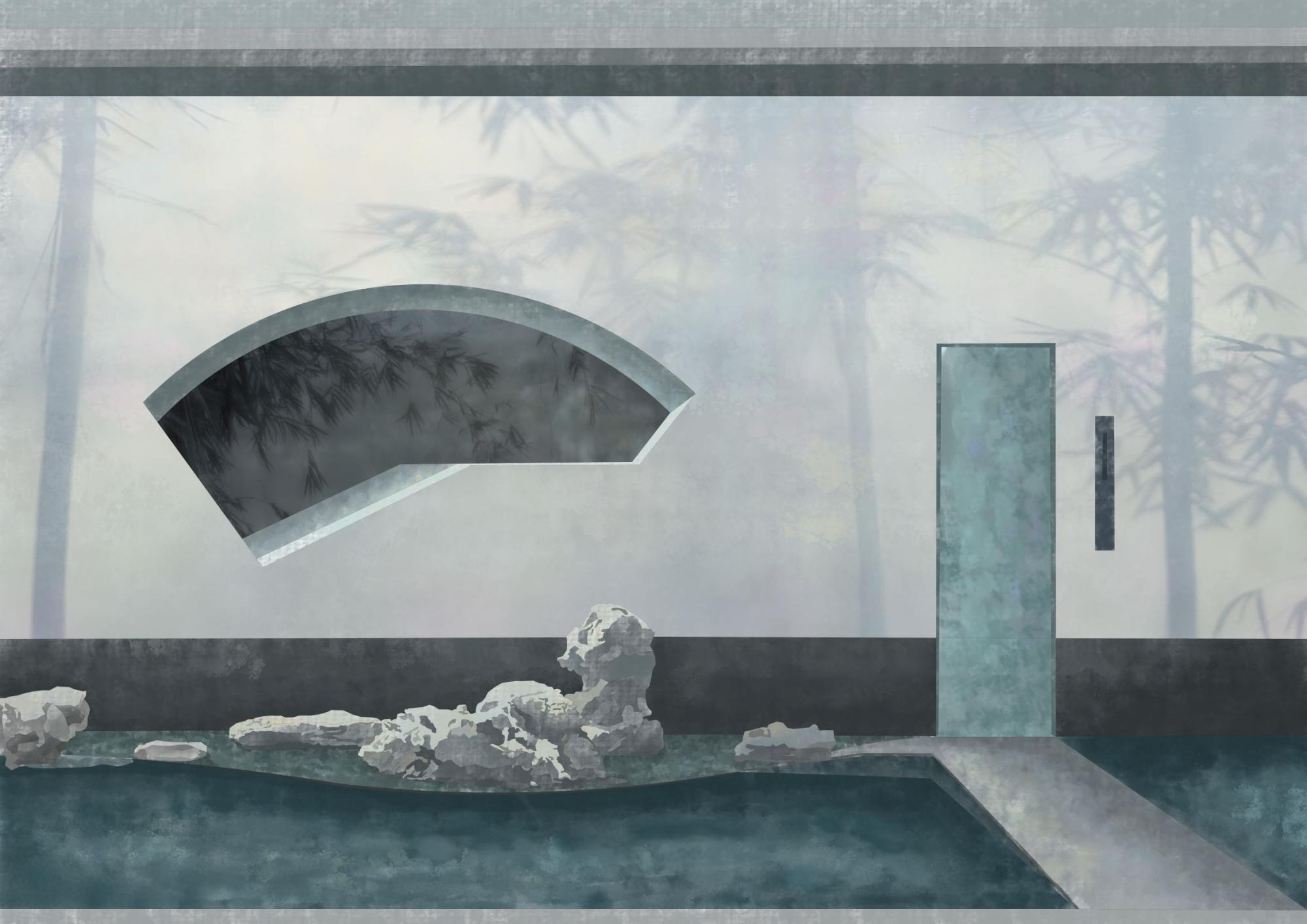
202200602043 Wu Jahao

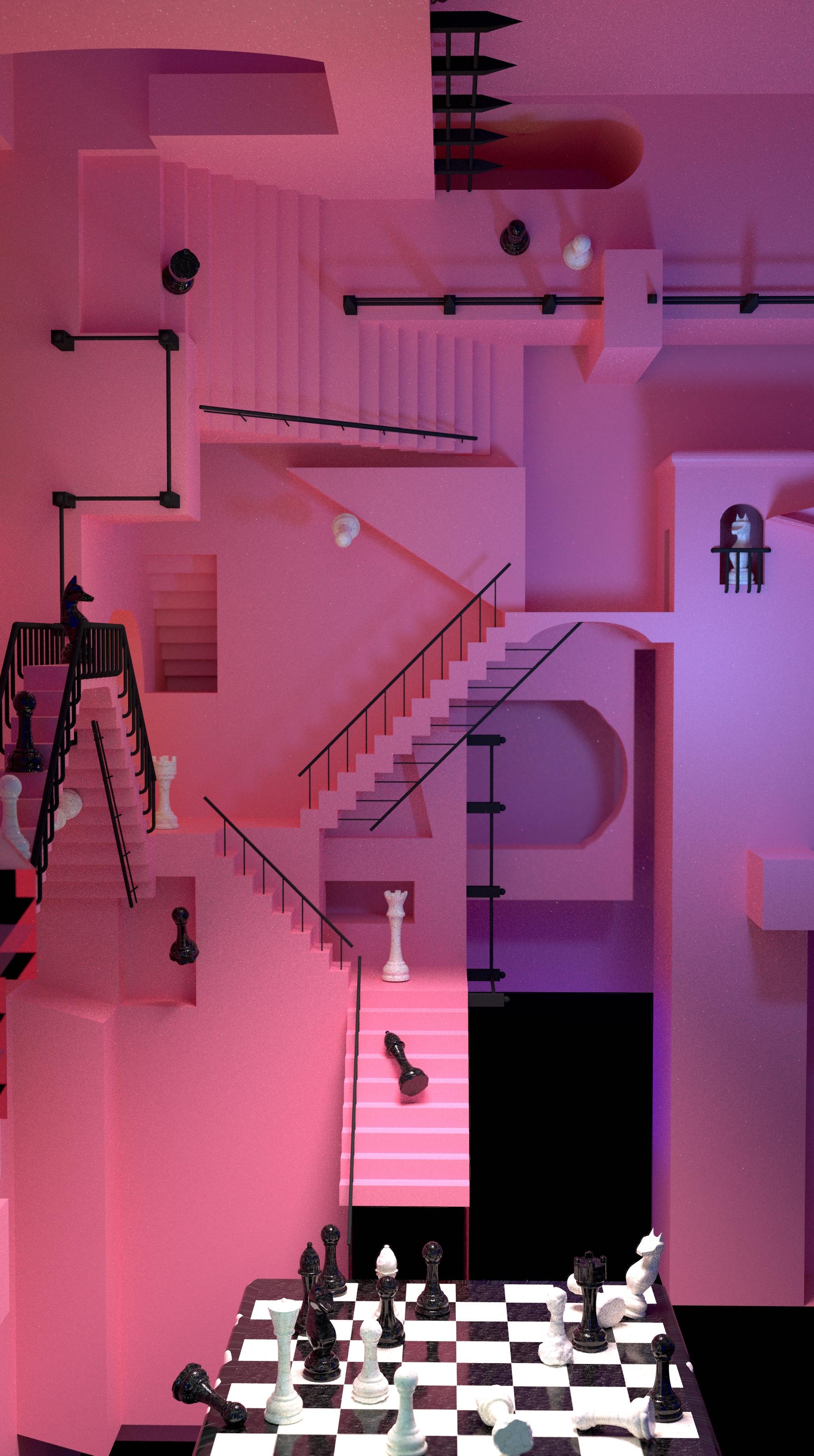
202200602044 Tian Jialing
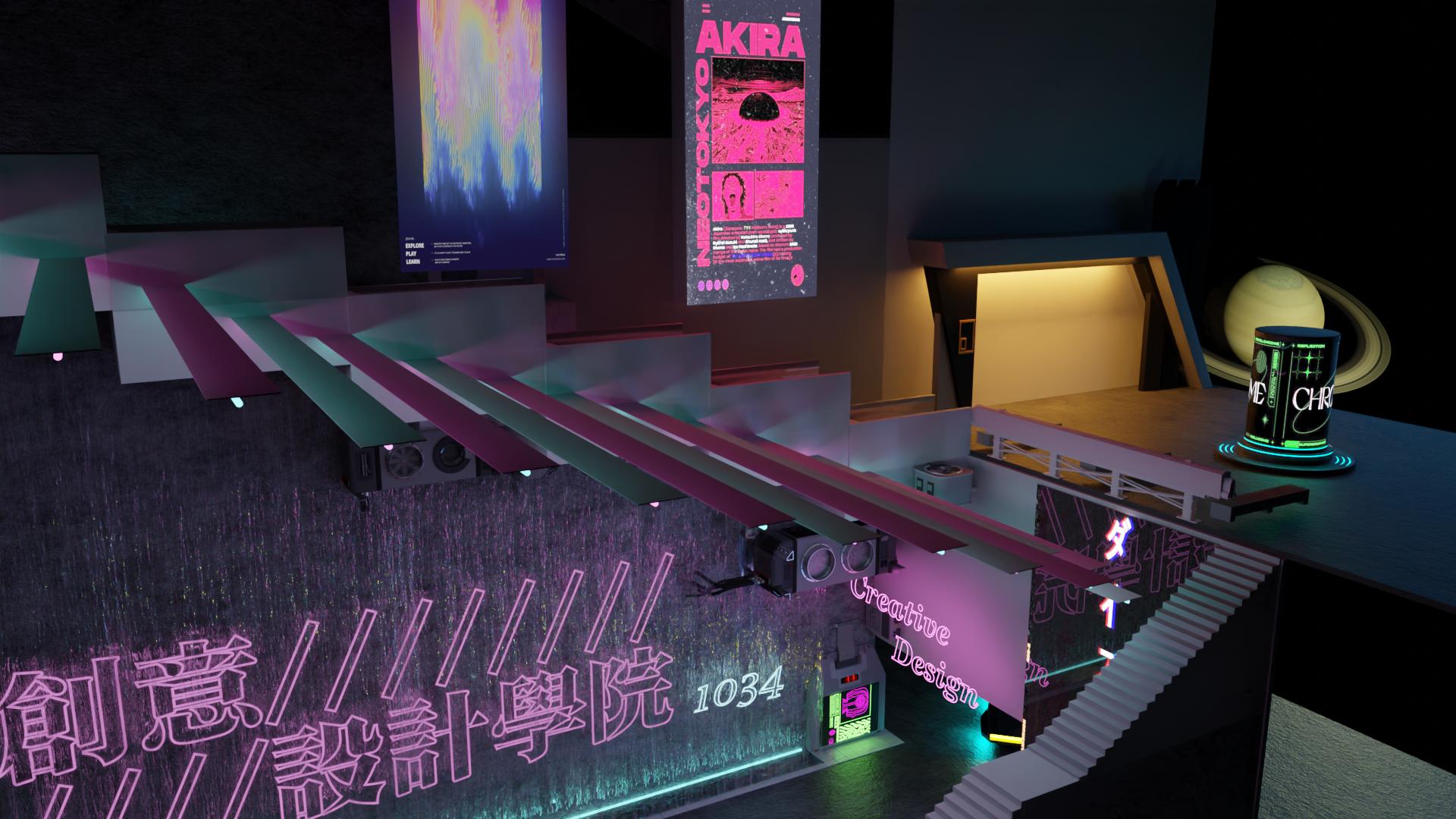
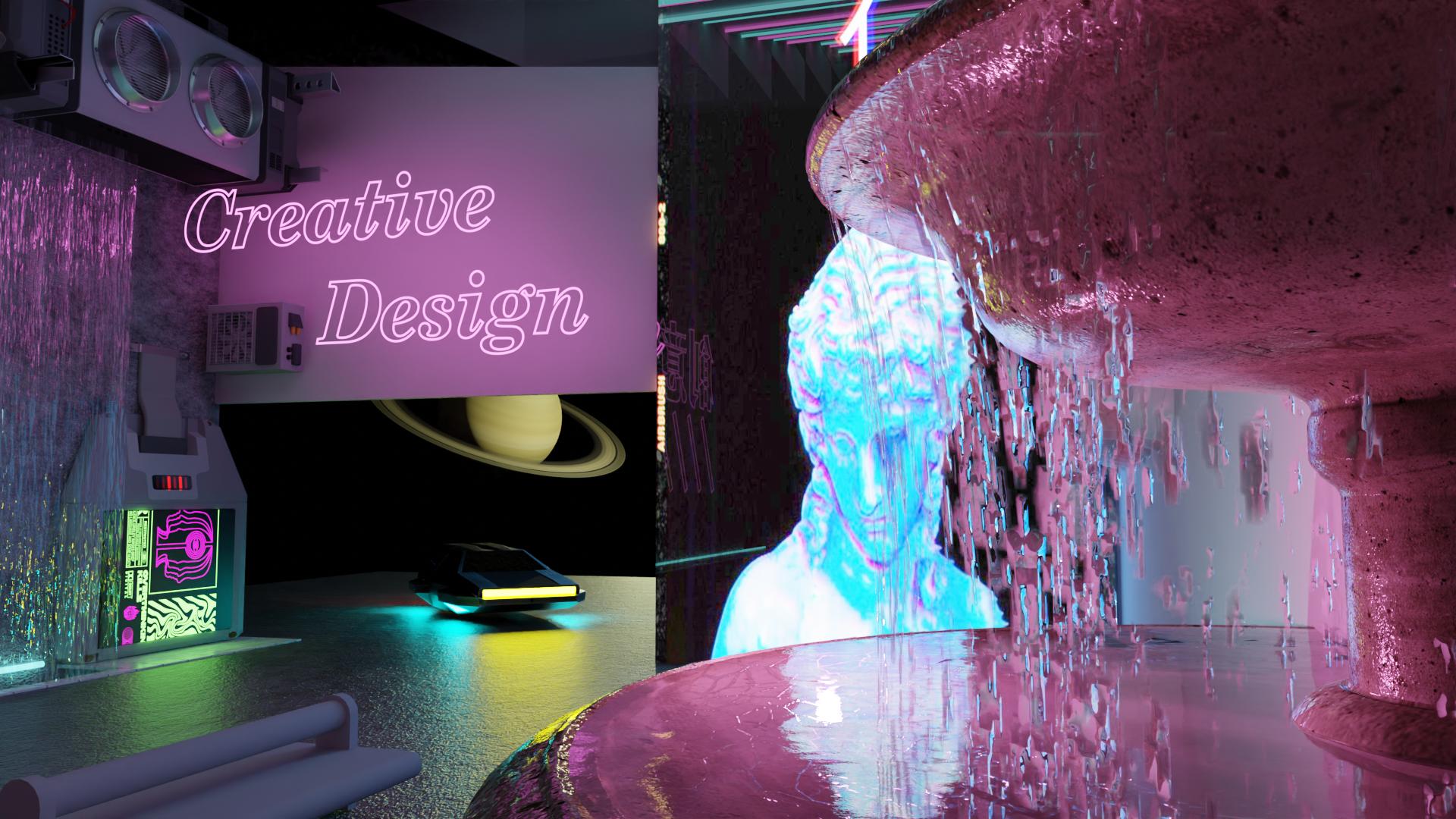
202200602053 Huang Borui
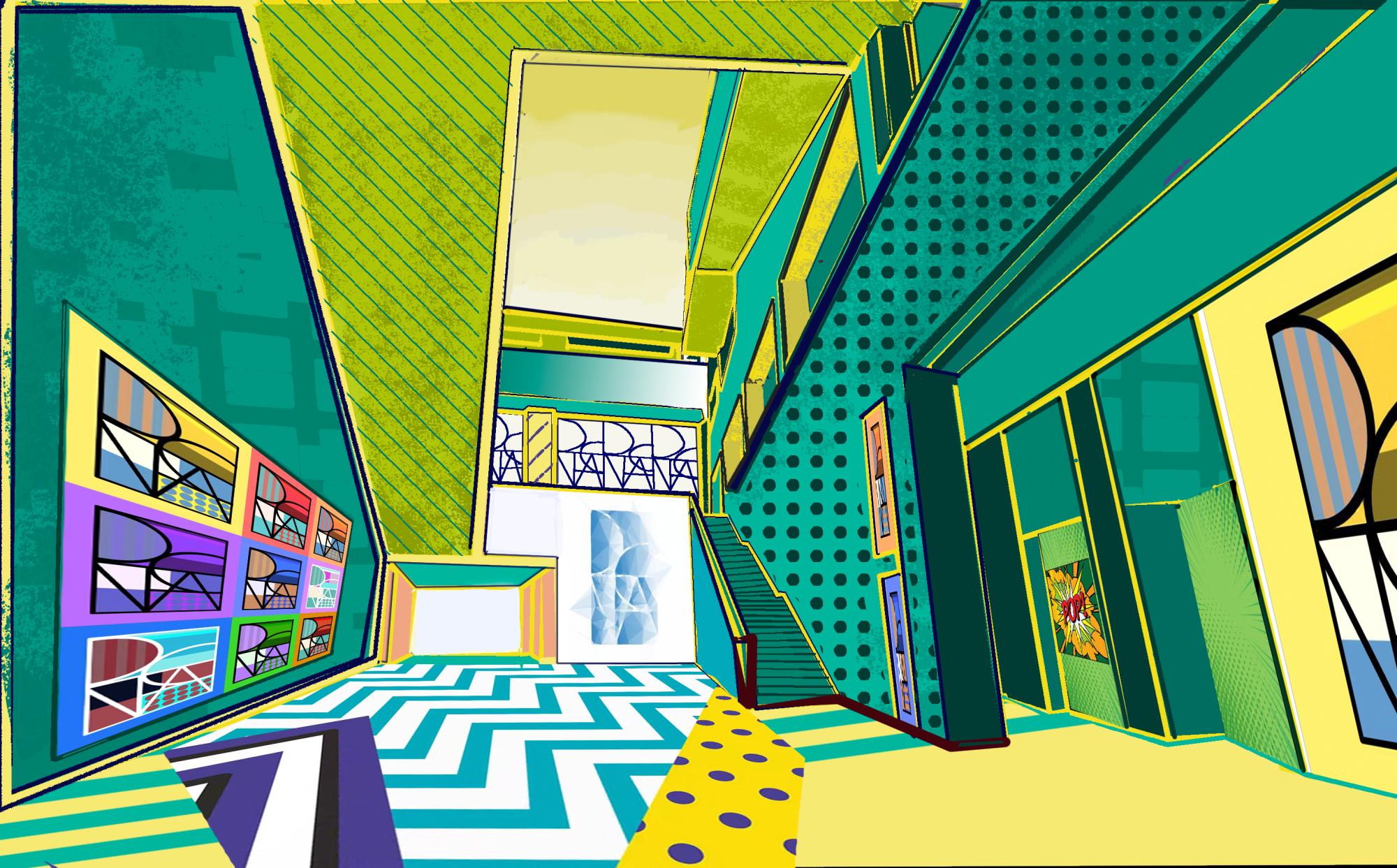
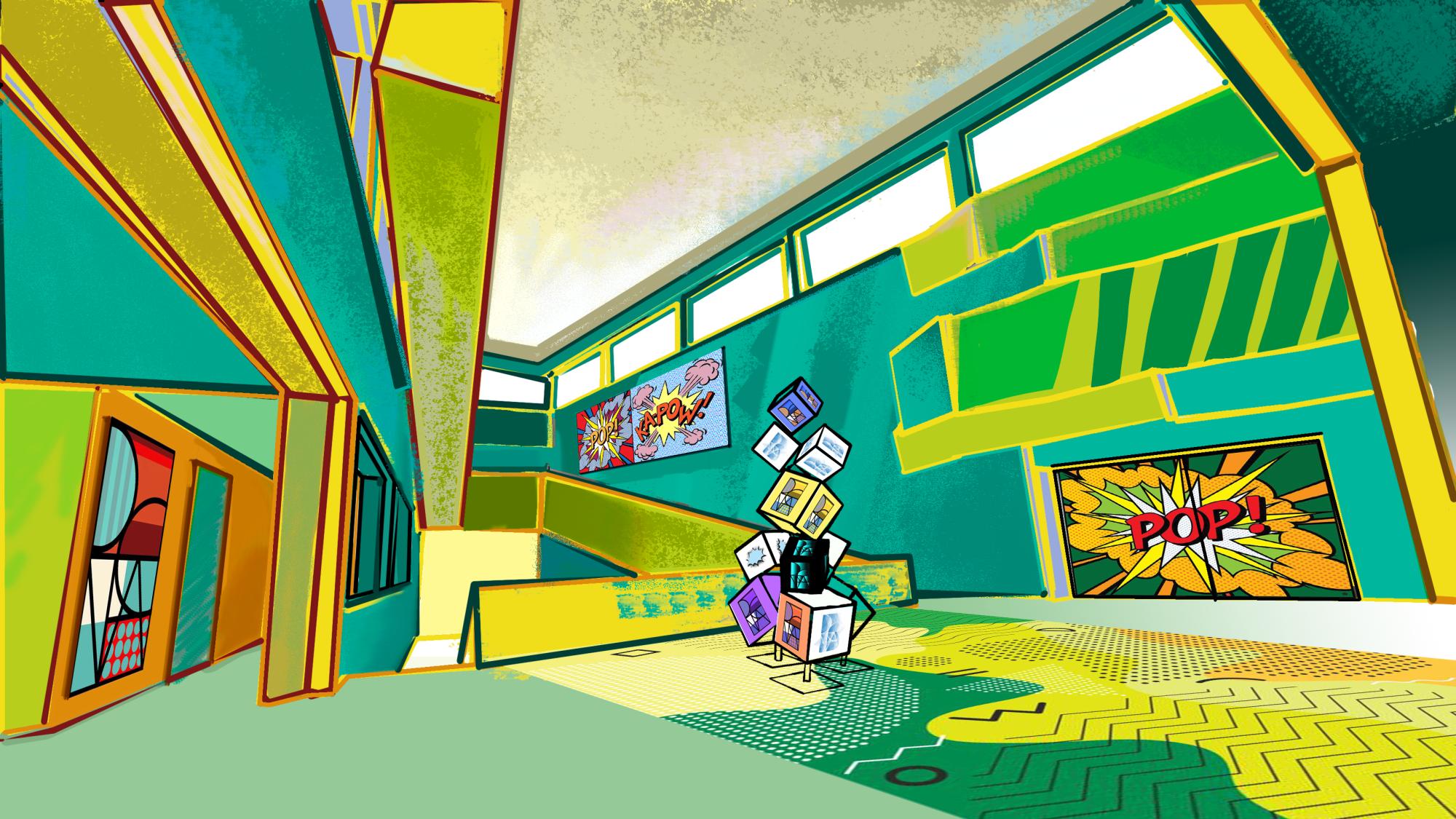
202200602021 Mo Jiali

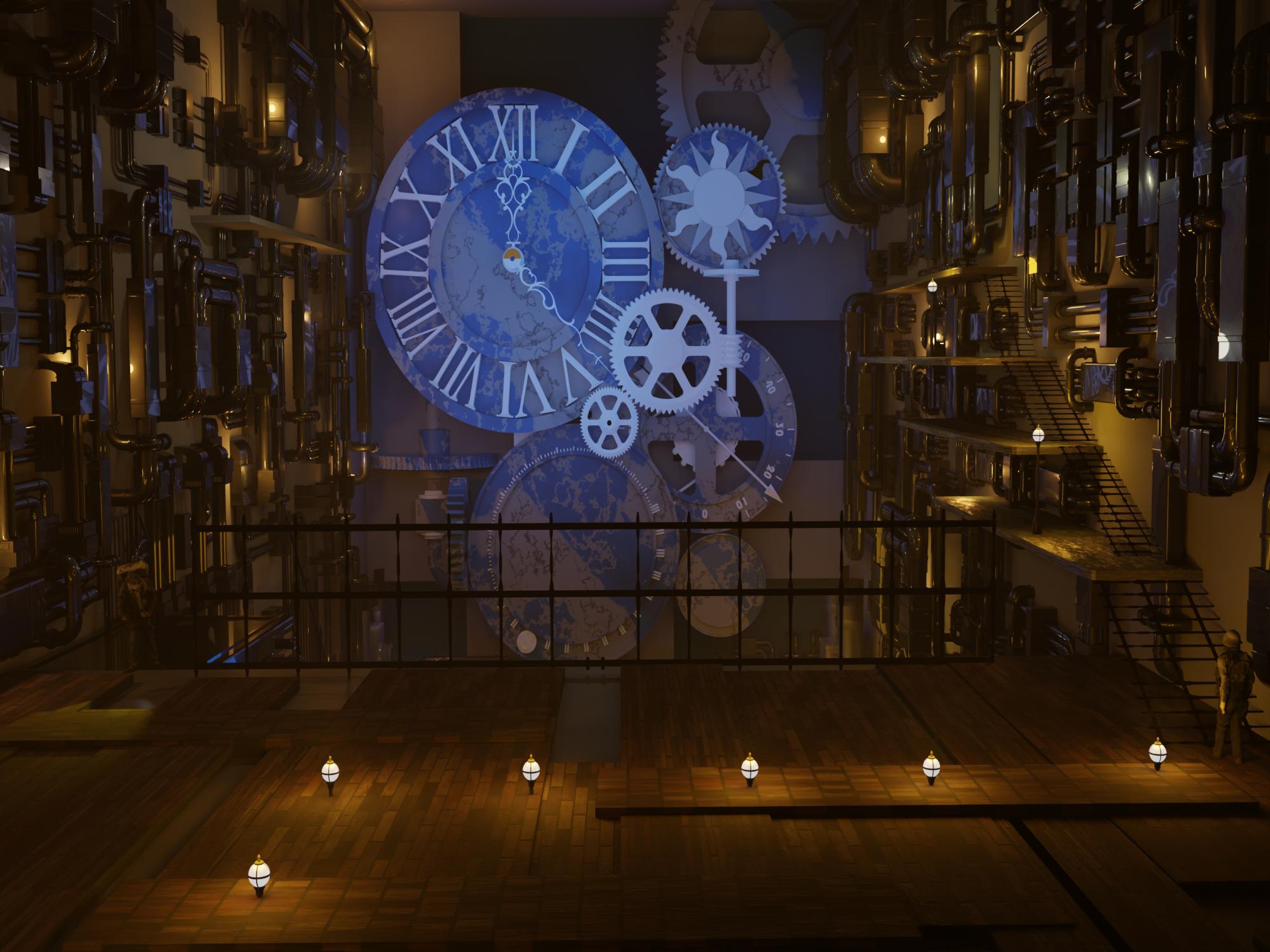
202200602048 Ding Jinping
Contribution | Liu Mingjian
Proofreading | Lin Zexuan
Review | Du Hemin